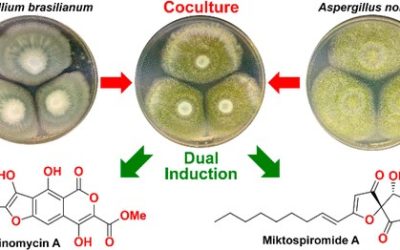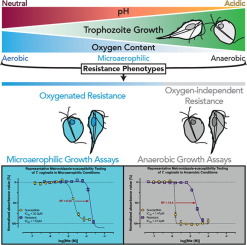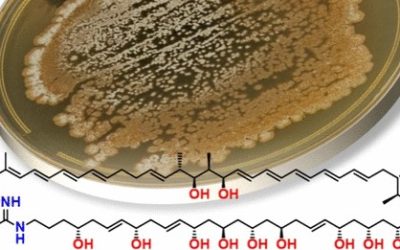Alastair E. Lacey, Scott A. Minns, Rachel Chen, Daniel Vuong, Ernest Lacey, John A. Kalaitzis, Yu Pei Tan, Roger G. Shivas, Mark S. Butler & Andrew M. Piggott
The Journal of Antibiotics volume 77, pages147–155 (2024)
Publication Date: December 18, 2023
https://doi.org/10.1038/s41429-023-00688-x
Abstract:
Talcarpones A (1) and B (2) are rare bisnaphthazarin derivatives produced by Talaromyces johnpittii (ex-type strain MST-FP2594), a newly discovered Australian fungus, which is formally described and named herein. The talcarpones were isolated along with the previously reported monomeric naphthoquinone, aureoquinone (3), suggesting a biosynthetic link between these metabolites. Talcarpone A is a lower homologue of hybocarpone (4), which was first isolated from a mycobiont of the lichen Lecanora hybocarpa. The structures of 1 and 2 were elucidated by detailed spectroscopic analysis, molecular modelling and comparison with literature data. Talcarpones 1 and 2 exhibited moderate antifungal activity (MIC 0.78–3.1 µg ml−1) and weak activity against Gram-positive bacteria (MIC 13–25 µg ml−1). The talcarpones also demonstrated noteworthy chemical reactivities, with 2 converting rapidly to 1, which in turn converted slowly to the highly coloured 3. These post-biosynthetic reactions point to a potential ecological role for the talcarpones in providing ongoing (slow-release) physicochemical protection for T. johnpittii against solar irradiation.


